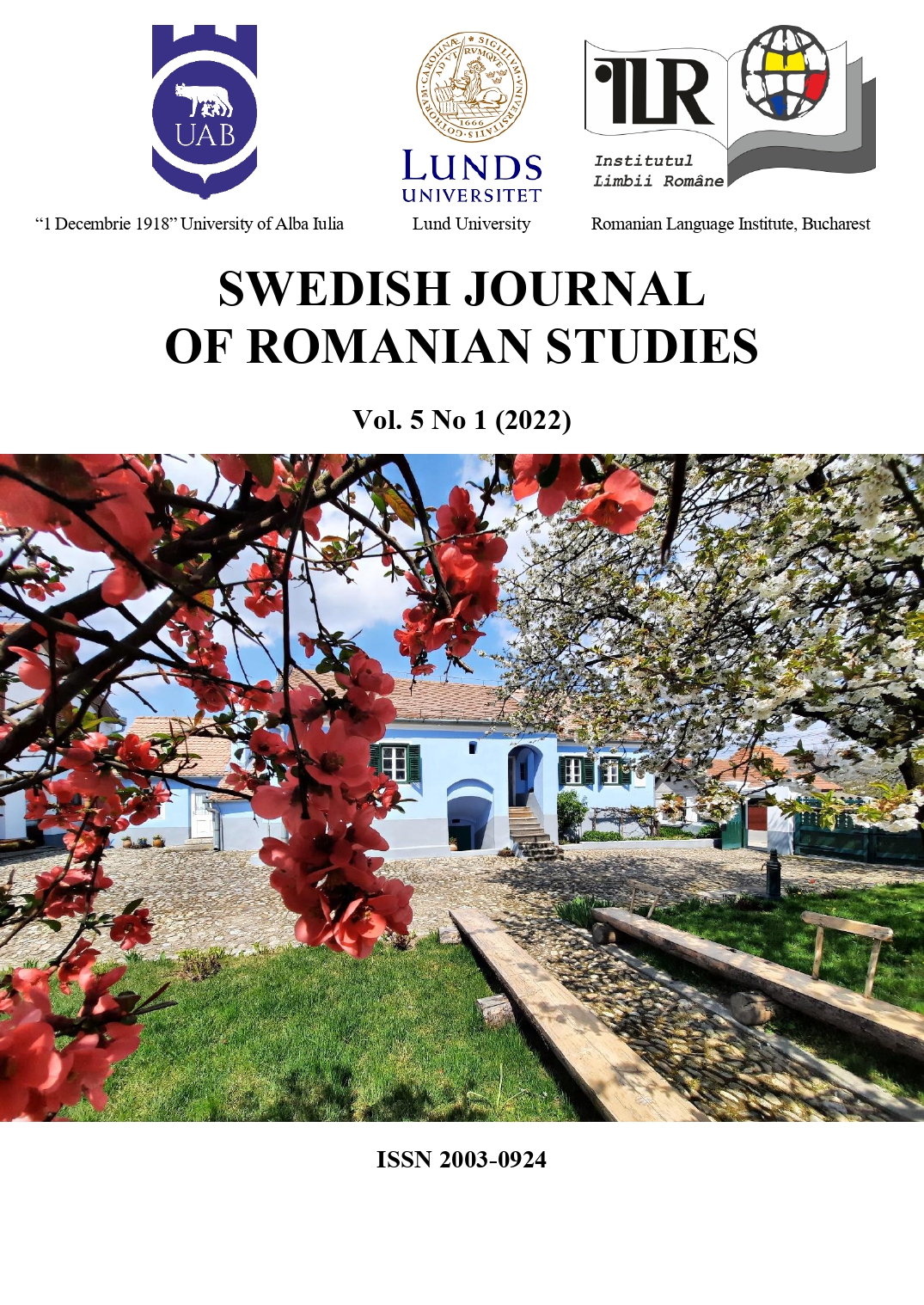From Mircea Eliade’s text to its cinematographic representations: the picture of Miss Christina as centre of the labyrinthine pathway
From Mircea Eliade’s text to its cinematographic representations: the picture of Miss Christina as centre of the labyrinthine pathway
Author(s): Carmen DominteSubject(s): Romanian Literature, Film / Cinema / Cinematography
Published by: Språk- och litteraturcentrum, Lunds Universitet
Keywords: labyrinth; symbol; character; literature; cinematography;
Summary/Abstract: As commonly known the labyrinth represents not only a major element of the intercultural dialogue but also a cultural, mythological, religious, literary and artistic icon. Its pattern implies several stages, among which the initiation, the inner change and the conversion, all being meant to deeply modify the subject that is confronting such a complex pathway. Plunged into a space full of obstacles, the subject is continuously experimenting. Thus, he has to enter the labyrinth, to search the only true way through the labyrinth, to hesitate, to lose himself, to descend into Inferno, to split his soul, to find the centre of the labyrinth and finally to find the exit. Such complex patterns could be found in many of Mircea Eliade’s narrative texts. For the characters that find themselves trapped inside the maze every experience can be regarded as an attempt to reach the centre of the labyrinth. It is the case of the novel “Miss Christina”, where the protagonists, despite their efforts, miss their meeting in the centre of the labyrinth and implicitly their individual initiation. Since this centre stands for the place where two different types of worlds could find each other, it may be interpreted as the most important element of the labyrinthine pathway. The study intends to give an insight into the protagonists’ search for the centre as well as an analysis of the very centre as a synthesis between life and death. Having the form of a picture, this centre is meant to become a substitute of life. Exceeding the literary area, the analysis of Miss Christina’s picture takes into consideration its cinematographic representations as means of visual expression of the same experience.
Journal: Swedish Journal of Romanian Studies
- Issue Year: 5/2022
- Issue No: 1
- Page Range: 97-111
- Page Count: 15
- Language: English

